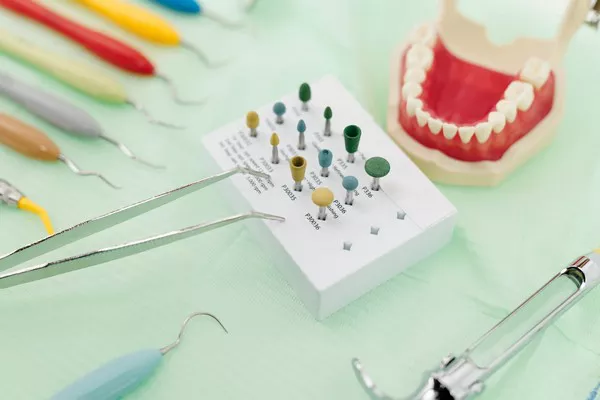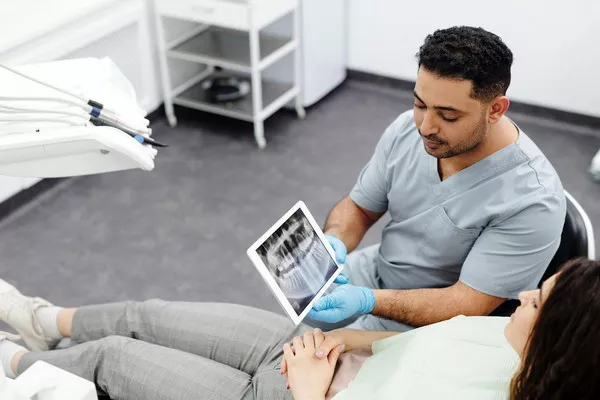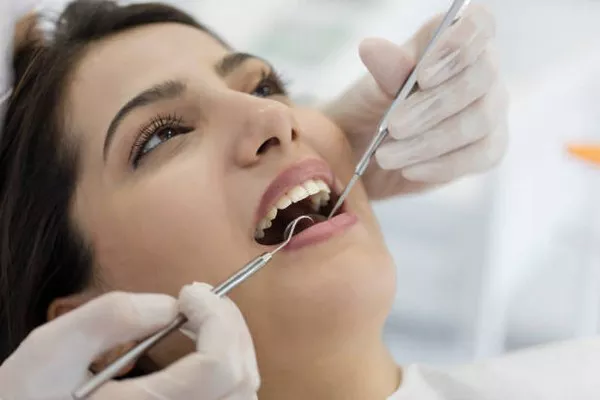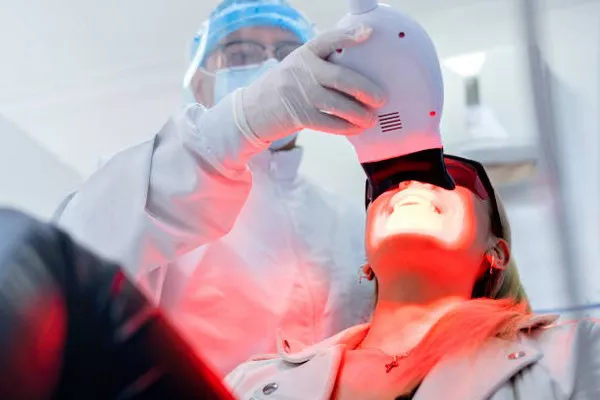Dental deformity not only affects the appearance, but also seriously affects our health.
Dental deformities result in reduced oral function, inadequate chewing, affect the digestive system, and consequently affect general health. Some dental deformities also affect pronunciation.
Therefore, dental deformity must be orthodontic as soon as possible.
Adult which tooth deformity can be orthodontic?
Within the scope of adult orthodontics, the malformed teeth suffered by these adult orthodontics adaptation population mainly refer to the malformed central cusp, malformed lingual fossa, malformed lingual cusp, teeth in teeth and other conditions, also known as tooth morphology abnormality.
Many adult orthodontic cases show that malformed central cusps are more common in yellow people, and both upper and lower bicuspid teeth can occur.
The second mandibular bicuspid teeth are more common and occur symmetrically, sometimes all bicuspid teeth can occur.
In addition, in the adult orthodontic adaptation population, the occurrence of malformed lingual fossa, lingual cusps and teeth are collectively referred to as tooth invagination, which is more common in maxillary lateral incisors, and occasionally in central incisors, and occurs symphically.
Its incidence is related to heredity.
Malformed lingual fossa is the lightest type of tooth invagination.
Malformed lingual lateral apex (finger tip) is sometimes presented as a small tubercular eminence.
Middle teeth are the most serious type of tooth invagination, with conical teeth.
The above are the indications for adult orthodontics. Adult dental malformations often cause a series of dental diseases, and the impact of adult dental malformations on social interaction is also more obvious. Therefore, adult dental malformations must be corrected as soon as possible, without hesitation.






























